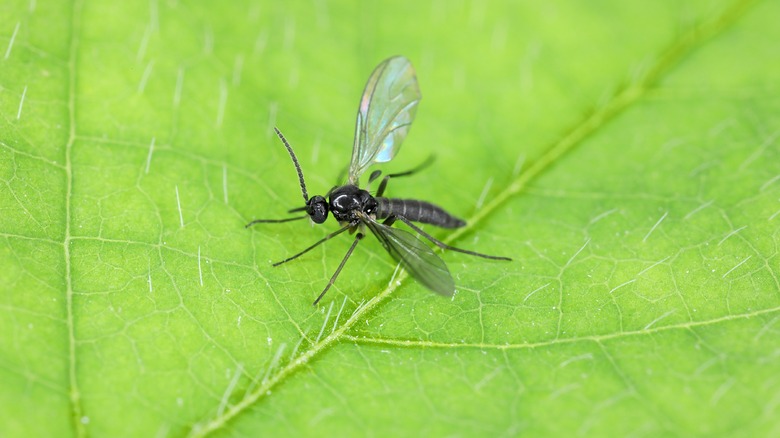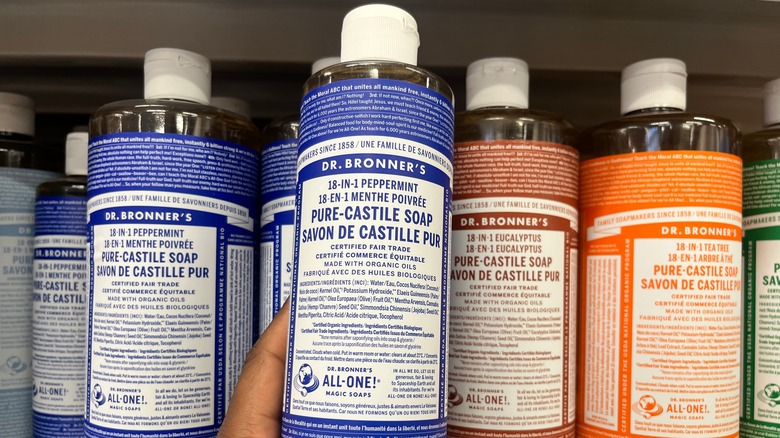Can You Banish Pesky Gnats From Houseplants Using Castile Soap?
Even the best plant owners aren't immune to fungus gnats. Those teeny tiny black bugs that aren't fruit flies somehow seem to always fly into your face no matter which way you're sitting. Fungus gnats can damage your plants over time, making it important to address the issue promptly. One simple technique is to spray Castile soap mixed with water on your plants, but this may not be the best solution for everyone.
Fungus gnats are a common issue in houseplants, and although the adults are a nuisance to humans, it's the larvae that pose a risk to your plants. They hatch in the top few inches of soil and feed on plant roots, decaying material, algae, and fungi. The more moist your houseplant's soil is, the more it will attract gnats. Symptoms of a fungus gnat infestation include yellowing, wilting, and lack of healthy growth. If your plants have gnats, it doesn't necessarily mean you've done anything wrong — they can find their way into your home from outdoors or from the plant store.
Plant lovers are willing to try all kinds of tricks to get rid of fungus gnats, from coffee grounds to carnivorous plants. Soapy water is a popular option because it's cheap, natural, easy to use, and smells good. But it has some drawbacks you should know.
Soap only works on contact
To use Castile soap as a natural pesticide, mix a few drops of Castile soap in a cup of water and spray the plant down, as well as the top layer of soil. It's not clear exactly why this works, but experts think that when insects' bodies are coated with soap, they dry out and die. There are some limitations of this method. Soap can only kill fungus gnats that it directly touches, and it has to coat the entire insect body to be effective — so you have to spray the plant while gnats are actively on it, or they won't be killed. Larvae within the soil also won't be affected. You'll have to reapply every couple of days to see results.
Also, fans of this method say it's gentle on plants, but because you have to reapply often for it to work, it could cause leaf damage over time. Some specific plants are known to be sensitive to soap, including sweet peas, some tomato varieties, and cherries. To be safe, test the mixture on a small area first and rinse the plant afterward. If you have a severe fungus gnat problem or just want a more foolproof solution, experts recommend a simple soil trick: keep the top layer of soil dry, depriving fungus gnat larvae of the moisture they need to thrive. Yellow sticky traps are effective at catching adults, and TikTok swears by mosquito bits, which also kill fungus gnat larvae when added to the water that you use for your plants.

